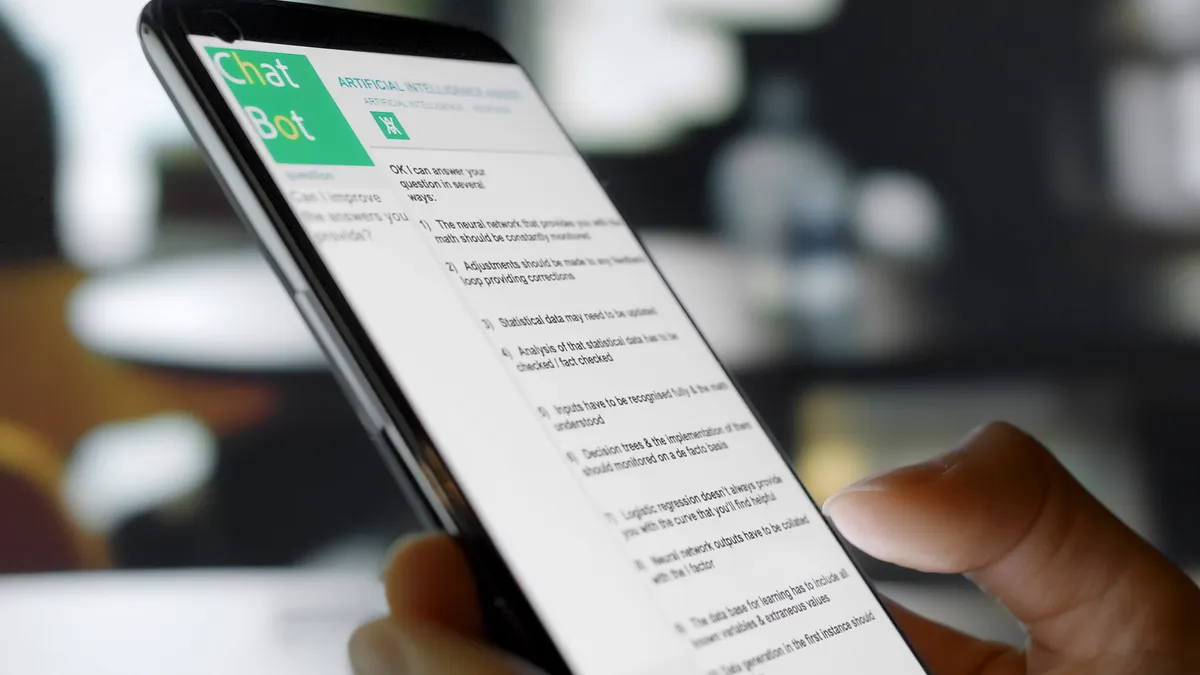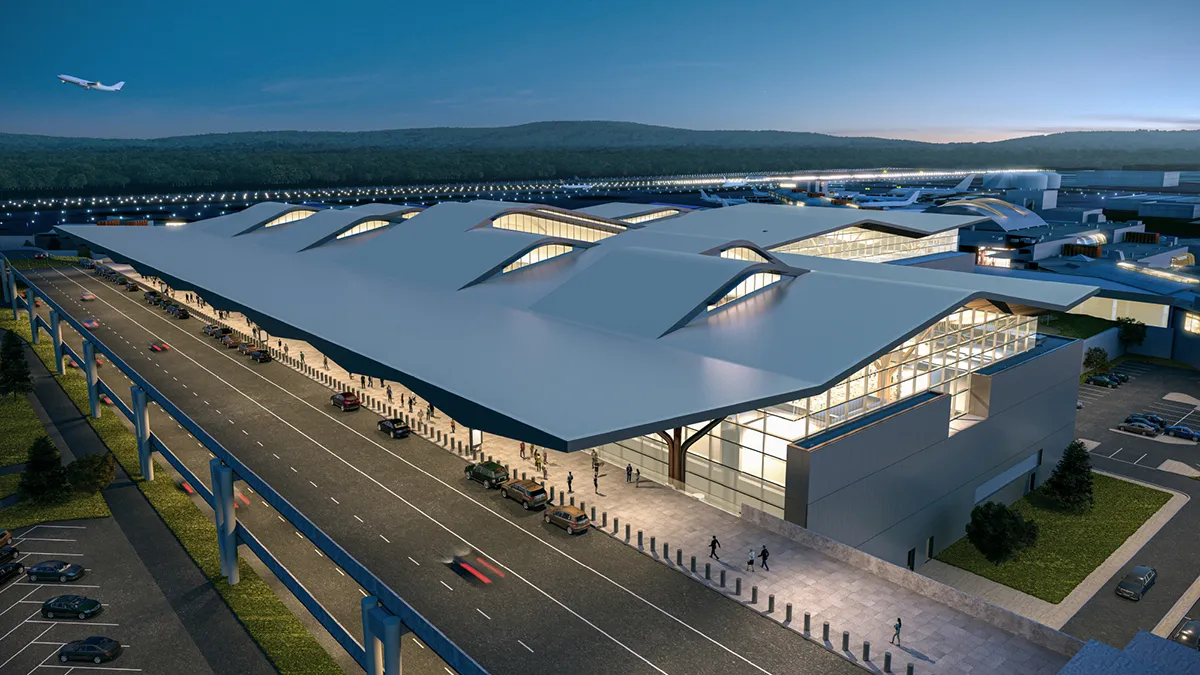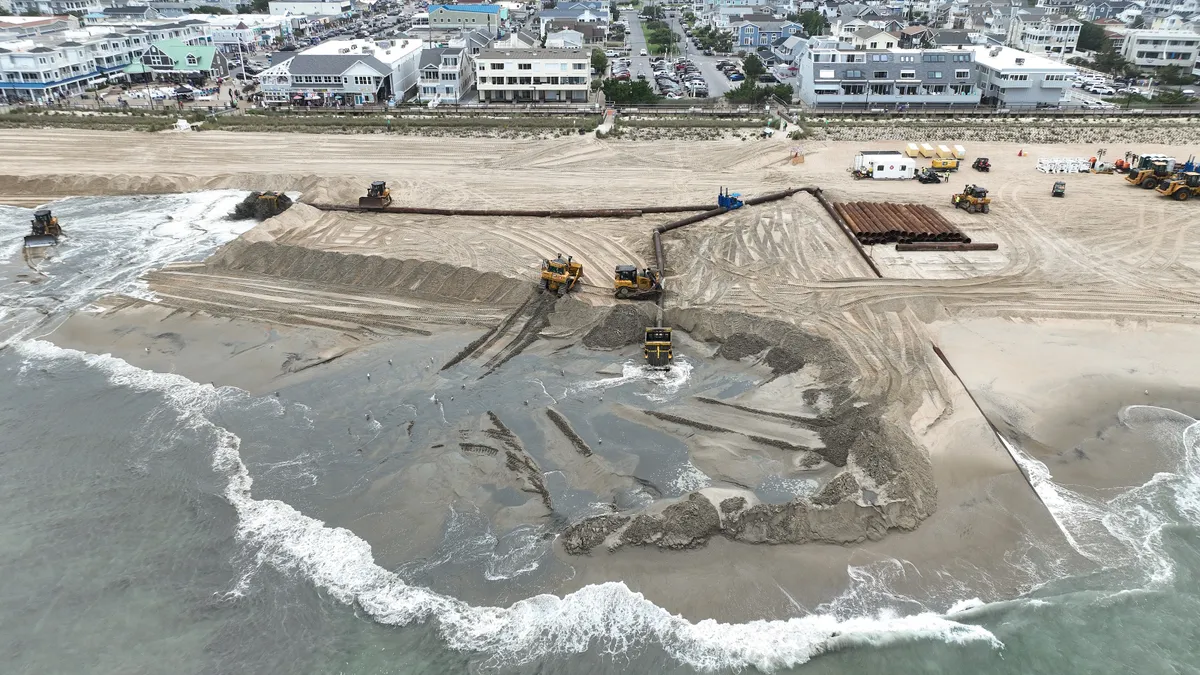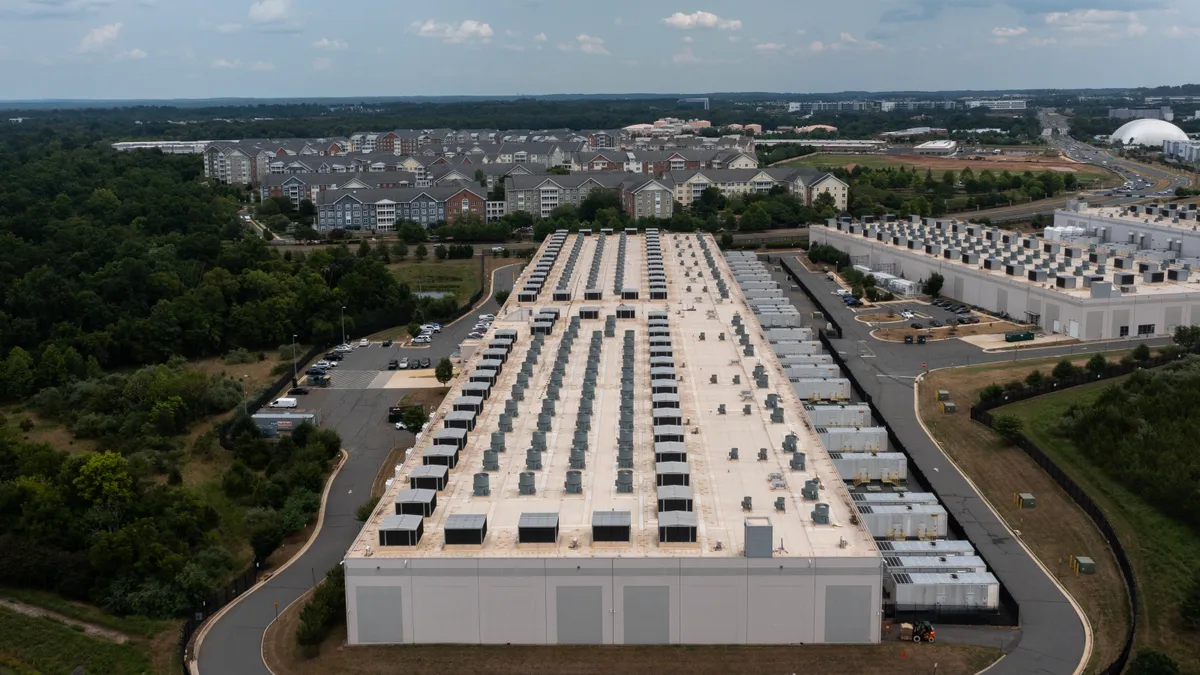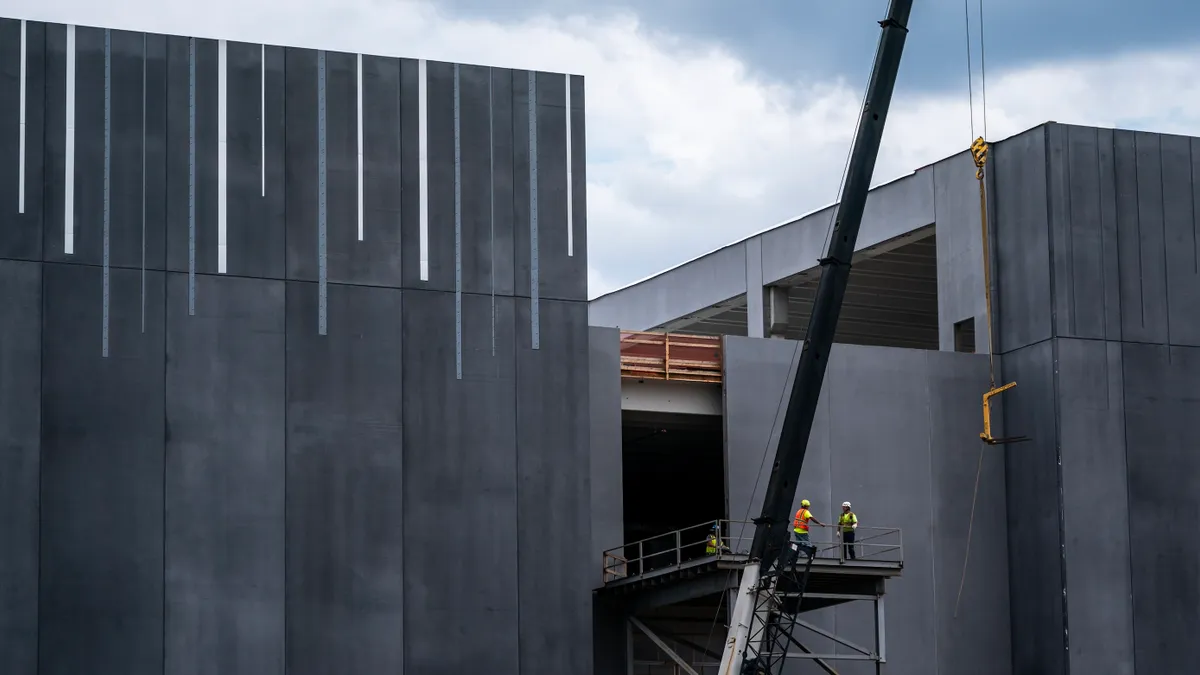The antiracism protests spurred by the killing of an unarmed African-American man at the hands of police in Minneapolis has put business owners on guard and looking for ways to protect their property against looters and others intent on inflicting damage.
Construction sites have not been affected in the same way that retail businesses have, but there has been enough impact to warrant concern.
There have been a few cases of suspected arson that resulted in total or significant losses to properties under construction in Minneapolis and Columbus, Ohio. In San Jose, California, rioters allegedly broke into a jobsite so that they could grab 2x4s to use as weapons, leaving construction workers to repair a perimeter fence after the trespassers had left.
Although most of the protests have been peaceful, damages from those intent on looting are reminder to contractors they should be vigilant about making sites as impervious as possible to any type of intrusion.
The first step contractors should take to protect their jobsites, said Durrell Garman, assistant vice president at The Graham Co., an insurance firm, is to create a site-specific construction safety plan that includes a security plan and assigns responsibilities to each participating project player — i.e. project manager, supervisor, site safety manager and subcontractors — all of whom should be trained to take action within the scope of their roles.
Next, the plan should be implemented and then reviewed and evaluated for its effectiveness. “You can’t just throw something against the wall and expect it to stick,” Garman said. “If you have to, make the necessary changes.”
Detailed elements of a plan that will help protect projects from property damage or theft, said Kevin Cannon, senior director of safety and health services at the Associated General Contractors of America, range from low tech to high tech and have their basis in common sense.
“You’re talking security to [prevent access] to those who have no right or reason to be on the project,” he said.
Secure every entry point
First, said James Gallagher, a principal at construction consulting and mediation firm Resolution Management, is to limit and secure entry points to the job. “The more access points you have, the more points people can enter,” he said.
This is already happening on many projects throughout the country as controlled entry points are where contractors perform health and temperature checks of those entering projects in an effort to reduce the chance that someone with COVID-19 will expose other workers.
However, Gallagher said, there will be other points of access opened up during the work day for the delivery of materials and supplies, so contractors should have a secure perimeter in place — i.e. fencing, false walls, concrete or plastic barriers — with entry points that can be monitored and secured when they don’t need to be open.
This is also where need comes into play, he said. If the project is in a dense, urban setting like New York City where there is a great deal of foot traffic, there should be someone assigned to monitoring every entry point. If the project is in a lightly populated suburban or rural area, perhaps constant monitoring of all access areas is not necessary.
Store materials and equipment
Another way to reduce the chance someone will trespass is to store materials and equipment in such a way so that it won’t catch the eye of passersby intent on theft or mischief. And if the contractor cannot keep material and equipment out of view, then they should consider extra layers of security to make attempts at theft hard enough that the potential thief will give up.
For example, contractors can cover pallets of bricks with tarps after work hours, Gallagher said, but it would be better to secure them in a separate locked area, creating more obstacles for would-be thieves. Managing deliveries so that they arrive when crews are ready for them will also limit the amount of material that needs to be stored on site and kept out of view.
Unsecured cranes, other pieces of equipment or just the general draw of a construction site could create an “attractive nuisance,” Cannon said, luring children onto the site, where they could be seriously injured by something that seems “cool.”
But curiosity seekers are not limited to children.
“Apparently, there are those who somehow get a thrill out of climbing a tower crane,” Cannon said. He added he has seen contractors erect plywood enclosures up to 10 feet tall around cranes as an extra way to secure that equipment.
Immobilizing heavy equipment is also a good idea, Garman said, as is chaining up ladders, locking tools away in gang boxes and securing motorized components of scaffolding so that no one can make their way up the side of a building on it.
Out of sight, out of mind is a good approach when it comes to security, Gallagher said. An inexpensive way to achieve the benefits of that philosophy is to install a false wall constructed of sheets of drywall, studs and lumber around the project so that there is no visibility from the street or sidewalk.
Add security cameras
Another way to monitor the project during off hours is through the use of security cameras, Garman said. Systems come with different levels of functionality, but those that provide live monitoring so that the police are called and project personnel are notified that they have an intruder on the site are more effective than those that record only. No matter what kind of camera system is used, he said, it’s important to have good lighting so that the camera images are as clear as possible. The light also serves as a deterrent.
Get to know local police and others
One of the most important ways contractors can keep jobsites safe, though, is to reach out to those in the community, including local emergency service providers, and introduce themselves.
“The community,” Garman said, “can be a great asset [as far as] keeping an eye on your project and for people breaking in.” Contractors should also consider holding some events like cookouts or otherwise helping those living and doing business near the jobsite.
“It’s good relations,” he said.




